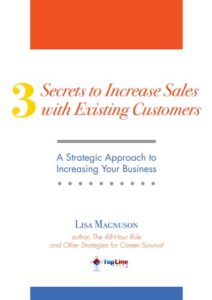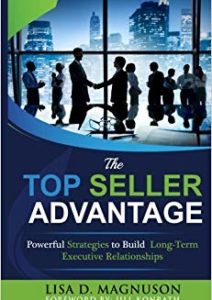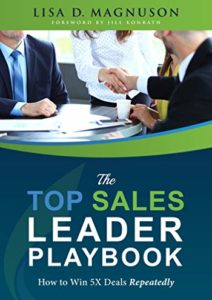Executive buyers report that only 22% of sellers can relate to their issues and how they might help. (Source: Forrester Research)
Question: How does the 48-Hour Rule™ apply to executive engagement?
Answer: Let’s start with what we mean by The 48-Hour Rule? The 48-Hour Rule stipulates that to maintain sales momentum you need to consider the correct follow-up or action within 48 hours after interest has been established. Why? Because after 48 hours, mindshare has vanished, momentum is lost, and new problems or opportunities have arisen.
Executives (and all customers and prospects) are evaluating you (and your organization) with every interaction, and they’re asking themselves questions about the business relationship:
- Is this person (organization) reliable?
- Will this person handle my situation in a timely manner?
- Can I trust this person to follow-up on their promises?
- Will this person’s sense of urgency match my needs and timeframes?
A Note about Speed
The 48-hour rule should never be confused with opting for speed over quality. This is especially true when considering the sense of urgency regarding executive interactions. It’s far more important to have a clear purpose and the highest level of quality for each and every interaction than to check a task off your list.
Question: What’s the difference between conversations with executives and conversations with Managers?
Answer: Executives have different concerns than managers or other employees. They tend to think more strategically and broadly about the market, competition, financial health, employees, products and the future direction of their companies in general. They are also constantly aware of the risks and threats to their organization. With a little research, you can learn about what’s most important to the executive team of most public companies. In planning for a meeting with a senior executive, it’s imperative that you understand their perspective and priorities.
Question: The executive briefing letter sounds pretty powerful, what is it and how do you use it?
Answer: An executive briefing letter is a powerful, pro-active sales tool that communicates the outcomes and impact associated with your solutions to busy executives. An executive briefing note summarizes accomplishments and progress for a specific customer. It is a custom communication, never generic. After an executive appointment, it is a great idea to follow up with a briefing letter (or well-crafted email).
For example, an executive briefing letter can include the following components and benefits:
- Raising the level of awareness for past successes and future initiatives
- Paving the road for future executive access
- Providing recognition, as appropriate, for day-to-day contacts
- Articulating alignment (vision, goals, culture) between your organization and your customer’s organization
- Documentation of accomplishments which can be referred to in the future
- Bringing a new contact up to speed on prior activities and outcomes
- Differentiating you and your company
Your reward for getting the answers right? You will ‘Ring the bell’ more frequently with really big TOP Line Account™ ‘wins.
The Perfect Book for your Upcoming Sales Kick-Off:
Invest in your executive selling efforts by giving your sellers the book that is guaranteed to enhance their sales performance. The TOP Seller Advantage: Powerful Strategies to Build Long-Term Executive Relationships includes proven strategies to ensure sellers develop long lasting executive access.
The C-suite executive perspectives at the end of each chapter reveal exactly how senior leaders view sales encounters and what would cause them to keep the door open for follow up meetings.
Pipeliner CRM empowers salespeople to precisely engage. Get your free trial of Pipeliner CRM now.















Comments